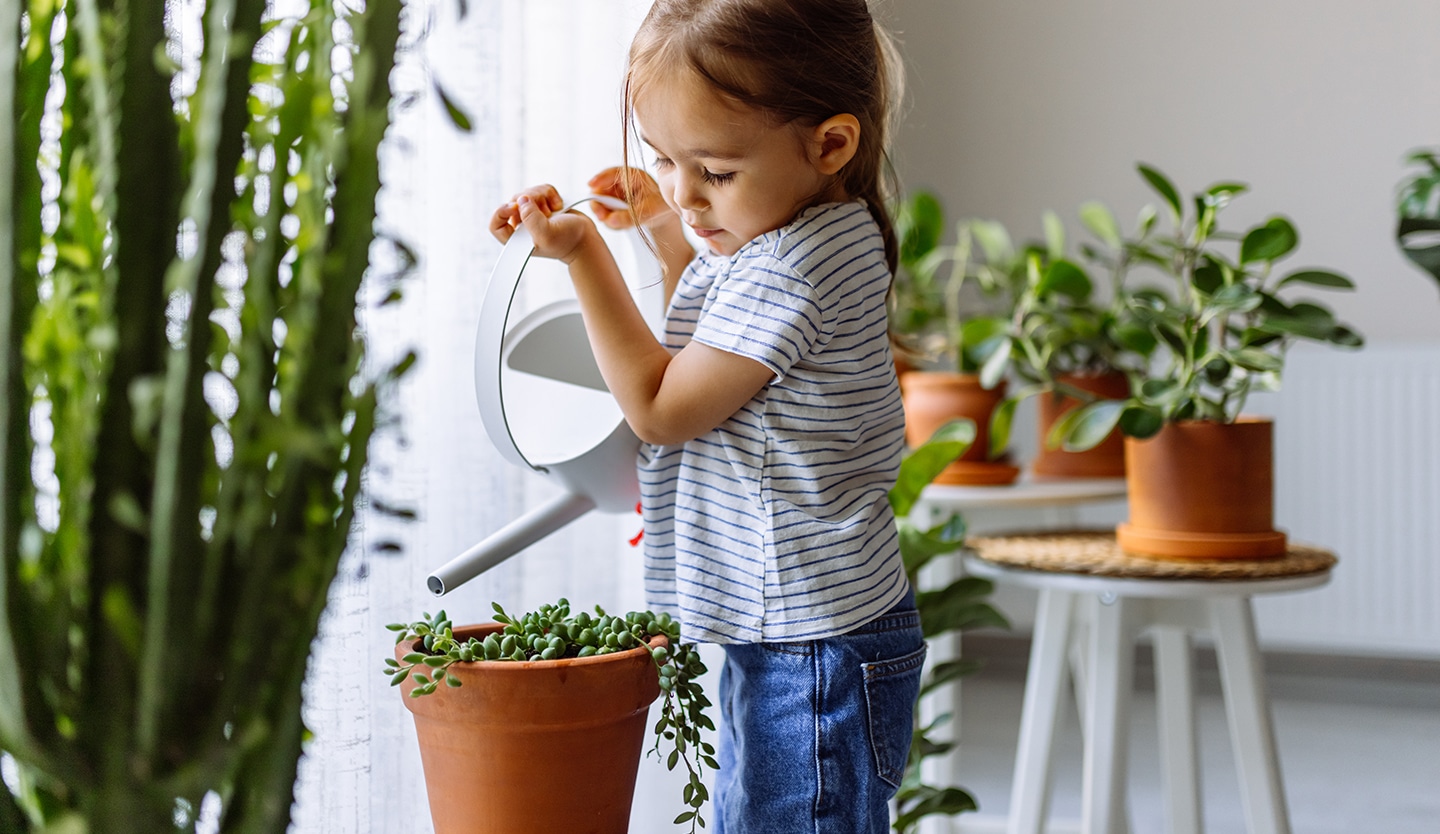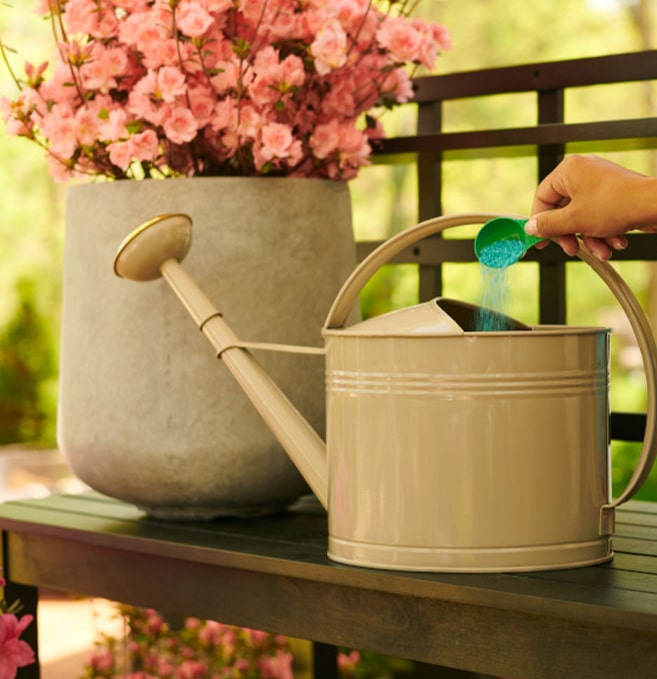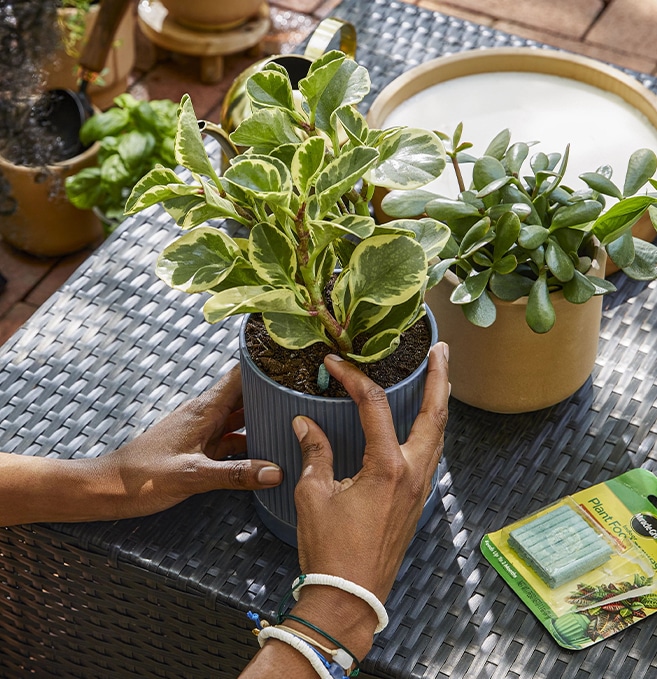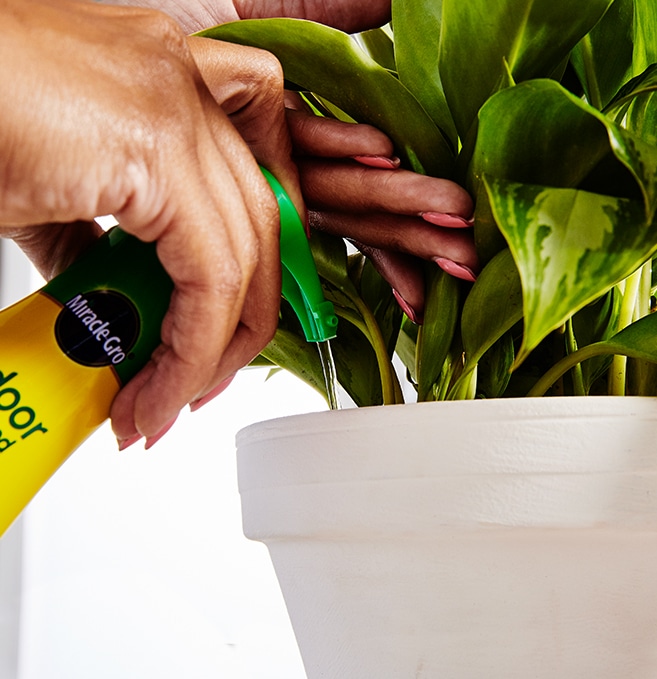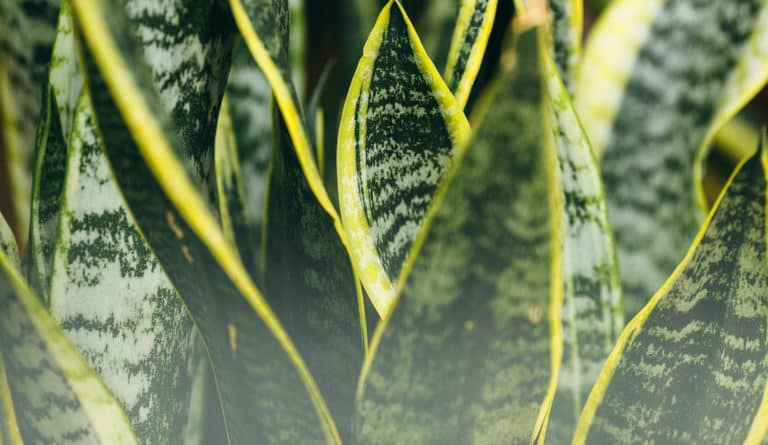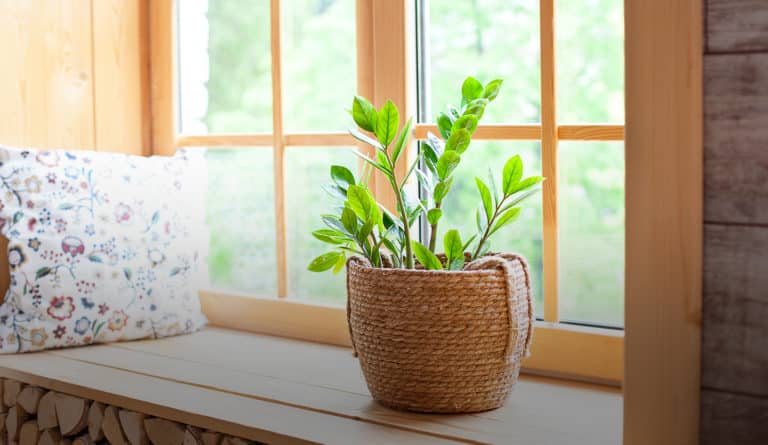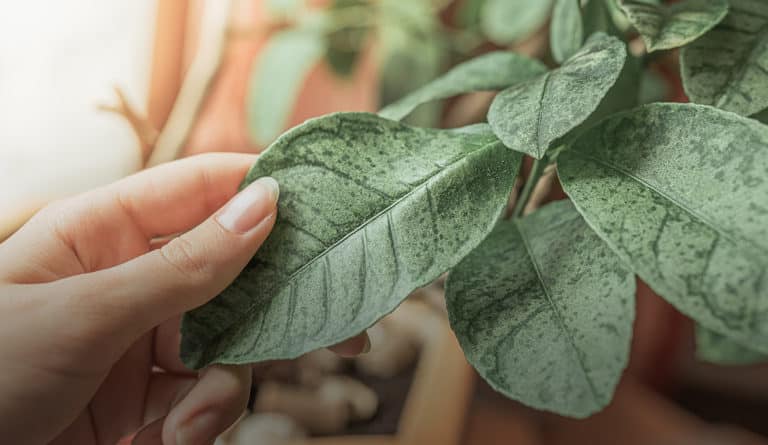how (and when) to feed your houseplants
Are your indoor plants looking a little weary and dejected? Just like a grouchy toddler, a sad-looking plant can often be a signal that it’s time for a snack. Your potting soil may be rich with nutrients at the start, but after several weeks have passed, it’s time to refuel.
But hold up—there are some rules you should know before you serve up the good stuff to your potted friends.
Here’s how to feed your plants and help bring them back to life.
for everything, there is a season
Houseplants enjoy the benefits of fertilization during the growing season—but when exactly is this magical time of growth? We’re so glad you asked.
Indoor plants follow the ways of their outdoor companions, flourishing in the spring and summer seasons. As the days get longer and temperatures start to climb, you’ll want to ramp up your plants’ food intake.
What do your plants need during the fall and winter months? The same thing we all crave—a break. During your plants’ dormant season, the indoor air from your heating system triggers the plants to stop exerting energy and rest up until the next growth cycle begins. Lay off on the food and let your houseplants hibernate—this is one diet regimen you should actually stick to.
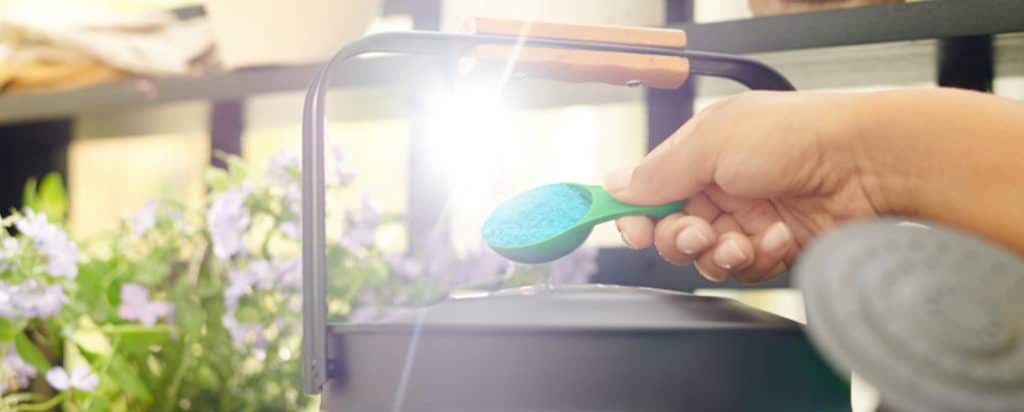
3 ways to feed your houseplants
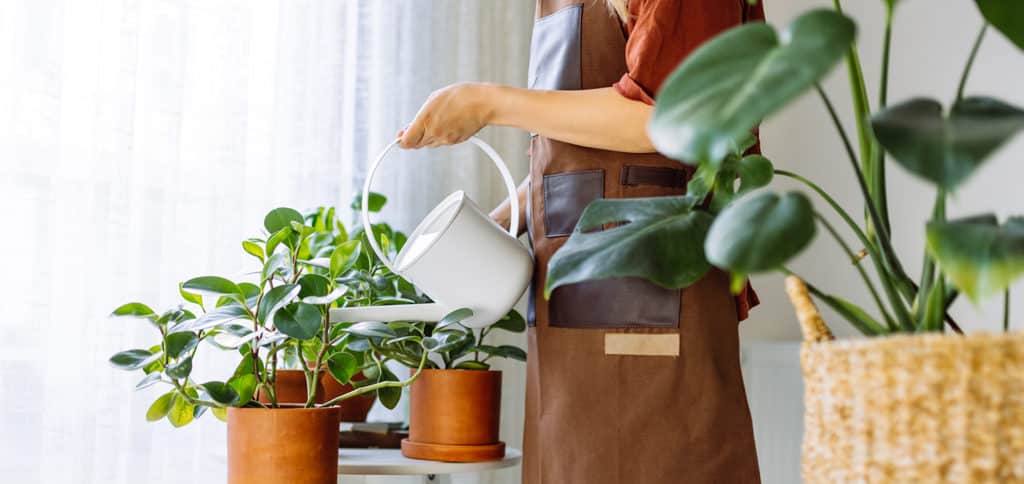
too much of a good thing
It’s tempting to try to nourish our plants to the max, but make sure not to over-feed. Too much fertilizer can cause some nasty side effects like:
• stunted growth
• burned or dried leaves
• wilting
• plant death
That’s a scary list—but if you notice symptoms of over-fertilizing, you can save your plant with these simple fixes:
• Remove visible fertilizer from the soil
• Leach fertilizer by running water through the soil and roots
• Remove damaged stems and leaves
• Wait about a month before fertilizing again—!
